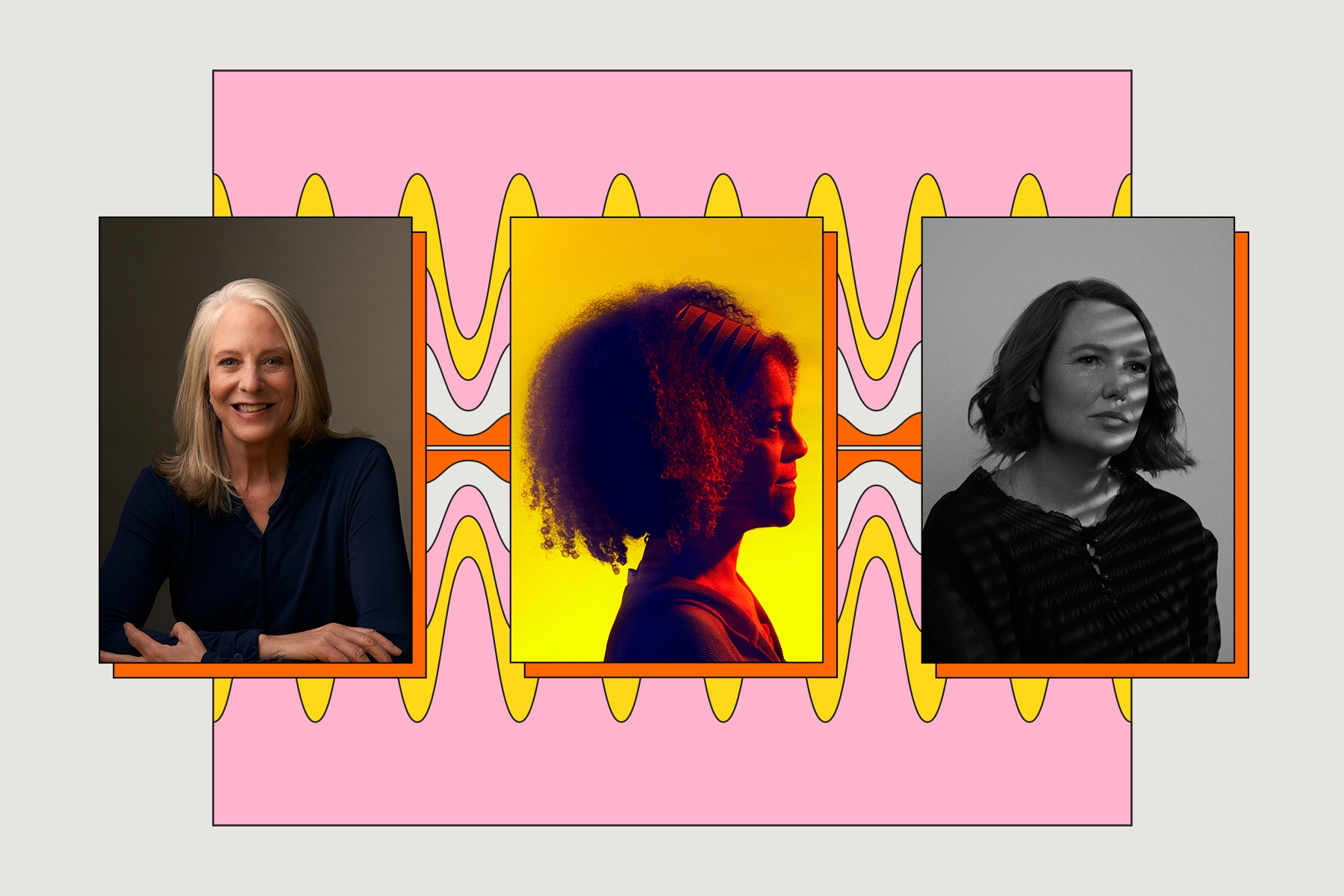Julian Barnes
Praise for Flaubert's Parrot
Barnes manages to be erudite but extremely funny too… You never know what Barnes is going to do next and I admire that.’
Caroline Rees, Daily Express
Delightful and enriching... A book to revel in
Joseph Heller
A gem: an unashamed literary novel that is also unashamed to be readable, and broadly entertaining. Bravo!
John Irving
Barnes manages to be erudite but extremely funny too… You never know what Barnes is going to do next and I admire that.’
Caroline Rees, Daily Express
Delightful and enriching... A book to revel in
Joseph Heller
A gem: an unashamed literary novel that is also unashamed to be readable, and broadly entertaining. Bravo!
John Irving
Barnes manages to be erudite but extremely funny too… You never know what Barnes is going to do next and I admire that.’
Caroline Rees, Daily Express
Delightful and enriching... A book to revel in
Joseph Heller
A gem: an unashamed literary novel that is also unashamed to be readable, and broadly entertaining. Bravo!
John Irving
Articles featuring Julian Barnes
9 Vintage Paperback Novels to Add to Your Summer TBR Pile
The summer is upon us and if you are looking for a book to kick back with and get lost in then we have collated some of our favourite page-turning fiction for you. From stories of friendship and love, to mysteries, heartbreak and even the funny and macabre. There is something for every reader to […]





